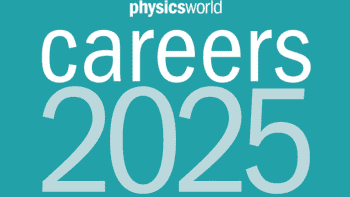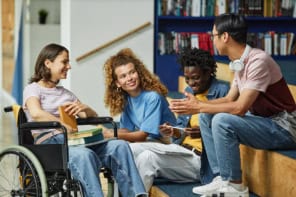Eugenia Etkina and Gorazd Planinšič describe how research into how people learn – plus the desire to help all students develop scientific “habits of mind” – is reshaping the way they teach physics
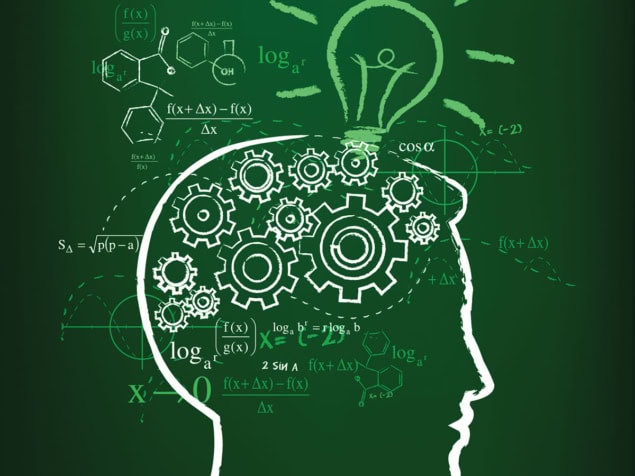
An essential question for every teacher is “What will my students remember a year after they have taken the final exam?” This question is significant for students specializing in physics, since each course they take will contribute to their understanding of what it means to do physics. But it is perhaps even more critical for students in introductory physics courses, since most will not go on to become professional physicists and are thus unlikely to encounter pure physics in the future.
Traditionally, we, as physics educators, have focused on teaching fundamental physics concepts and the ways that such concepts apply to real-world problems. But in recent years, this focus has shifted. Numerous studies of what makes people successful in the workplace have shown that while understanding scientific concepts is important, the ability to think like a scientist while solving complex problems is equally vital (see, for example, International Journal of Science Education 24 661). Specifically, students need to know how to formulate a problem; collect and analyse data; and identify patterns. They also need to know how to test ideas; how to evaluate assumptions and solutions; how to distinguish evidence from inference; how to argue scientifically; and so forth.
Science educators around the world have begun incorporating this new focus into their curricula. For example, the Next Generation Science Standards in the US place scientific “habits of mind” (sometimes called science practices or science competencies) at the centre of science education for all students from kindergarten to the end of high school. On the other side of the Atlantic, a multinational group of physicists involved in a project called Tuning Educational Structures in Europe found that the competencies ranked most highly by physics graduates and employers include problem solving, teamwork and the ability to apply knowledge in practice. With this in mind, the group has produced a guide for academics involved in planning or revising physics degree courses as part of the Bologna process, along with a platform for establishing communication between employers and universities.
Another factor driving the shift in physics education relates to changes in our understanding of how people learn. We now recognize that learning is a process of physical change that occurs in the brain, and possibly in the whole body. A more complete explanation of this “embodied cognition” can be found in the work of Margaret Wilson, a psychologist at the University of California, Santa Cruz. In essence, learning involves rewiring paths to the neuronal connections that students already have when they enter our classrooms, and this process is enhanced when students interact bodily with their environments. This new understanding has important implications for how physics is – or should be – taught.
We now recognize that learning is a process of physical change that occurs in the brain, and possibly in the whole body
Rewiring minds
To understand how the “rewiring” process works, let us consider a simple example. Suppose a child sees something new – a pile of dirt, for example. She wonders what it is, so she searches her brain for existing knowledge that might be relevant. This process produces another question: is dirt like chocolate? If it is, then it should taste like chocolate – and so we see the child putting dirt in her mouth.
Although the result of this “experiment” is that dirt is not like chocolate, this does not mean that the child did not learn anything. On the contrary: she completed what is called a brain learning cycle. Such cycles begin with concrete experiences and simple observations and then proceed to reflections that connect such observations to things they already know. The next step is to produce a hypothesis about this connection, followed by the immediate testing of this hypothesis through an active movement. As James Zull – a biologist at Case Western Reserve University and founder of its University Center for Innovation in Teaching and Education – put it in his book The Art of Changing the Brain (2002), learning takes place when someone is continuously building connections to prior knowledge through interactions with the world and reflective thinking.
More recently, in his book From Brain to Mind: Using Neuroscience to Guide Change in Education, Zull also showed that imagery plays an important role in the learning cycle. Think of an apple. Your understanding of what an apple is will be an amalgam of your perceptual experiences: you may remember the feel of biting into it, the taste, the smell and so on. Even if you have never eaten an apple, you may be able to draw on photographs or other illustrations you have seen. Together, these experiences form a “perceptual symbol” that we can then call “apple”. Shorn of this underlying experience, however, the word “apple” will mean nothing to you, even if you are presented with some kind of textbook definition of it.
Finally, because learning is inherently social, the rewiring process is enhanced when a learner interacts with other people. Interactions with peers allow learners to benefit from each other’s different expertise and encounter different points of view, and they also encourage them to speak about the ideas that they are working on. The mere act of speaking also involves the motor function, which is extremely important for learning.
These ideas – that learning is a physical change; that it takes place in cycles; that images need to precede formal definitions; and that it is a social process – are by no means exhaustive. For us, however, they are the major building blocks in our understanding of how people learn, and they have some important implications for how we teach physics.
The rewiring approach to learning suggests that we should view the knowledge that students bring to our classrooms as a productive resource to build on, rather than as an impediment
One implication is that for rewiring to take place in the brain, learners need to be actively engaged in the instructional process. In other words, passively listening to good explanations – as often happens in traditional physics lecture courses – will not produce the needed change. The rewiring approach to learning also suggests that we should view the knowledge that students bring to our classrooms as a productive resource to build on, rather than as an impediment to future learning. This is true even though students’ prior physics knowledge consists of ideas that often contradict each other. Finally, physical interaction with the world is extremely important.
Another lesson is that learners need opportunities to conduct observations and try to explain them using their existing knowledge – for example, by creating analogies. This process enables learners to extend their knowledge and to test new ideas by doing experiments or by discussing their thoughts with peers. A final lesson is that learners need a perceptual symbol of a concept before a teacher introduces a formal definition. This perceptual symbol could be a real phenomenon with which they have some physical experience, but it could also be a picture or a statement in which they describe the phenomenon in their own words – or even some combination of the three.
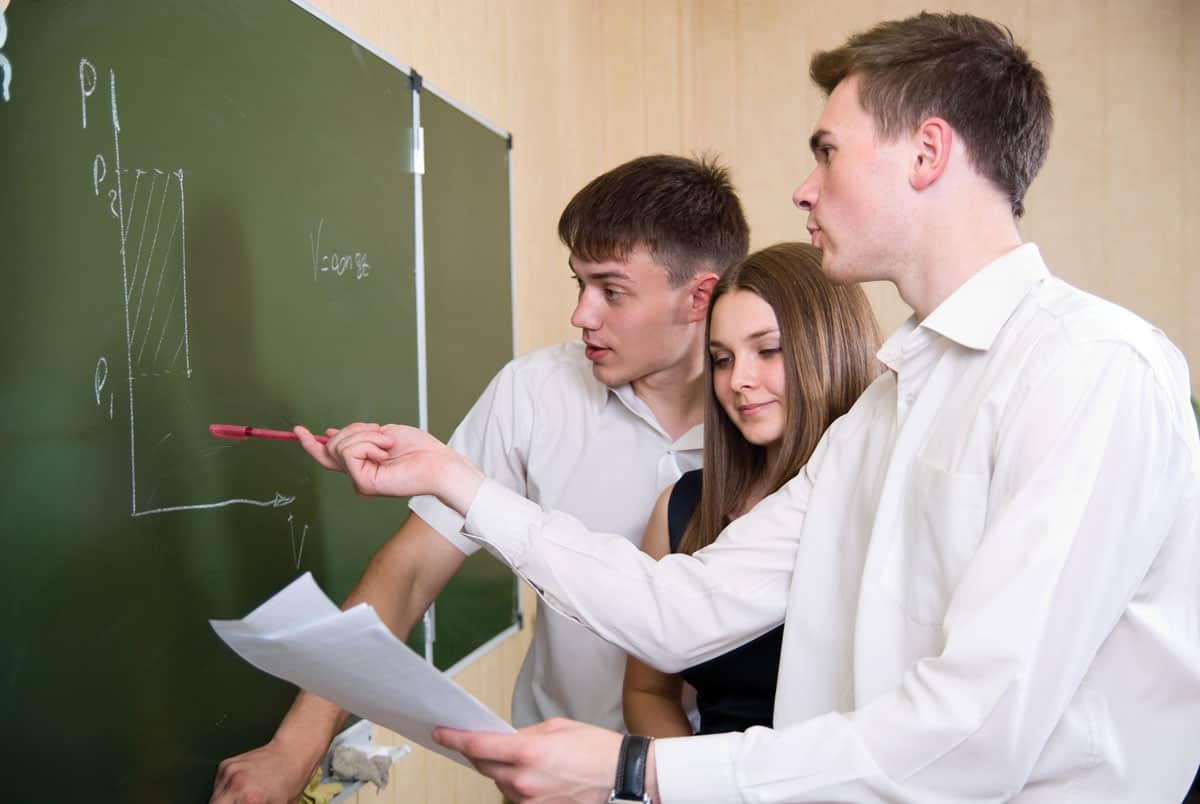
Ideas in motion
If the discussion so far seems rather abstract, here is an example of a lesson that is both consistent with the ideas above and also geared towards helping students develop scientific habits of mind. The example may seem trivial, but it addresses one of the most difficult concepts in introductory mechanics: when a non-zero sum of forces is exerted on an object, it is the change in the object’s velocity vector (Δν→) that is aligned with the sum of all forces, rather than the velocity vector itself (ν→). This idea forms the qualitative foundation for understanding Newton’s second law. However, the most common experience students have of this law is of an object that is initially at rest and then starts to move. In this case, both Δν→ and ν→ point in the same direction. Because people usually focus on the velocity, this may lead them to think – erroneously – that an object always moves in the direction of the force.
In the lesson described below, we assume the students have already learned that in physics, the word “force” stands for a physical quantity that characterizes the interaction of two objects. We will also assume that they have some experience with the forces most common in mechanics and that they know how to add them as vectors. Note also that the activities we describe will be much more successful if students work together in small groups and present results of the consensus of this group work to the class. Using small boards for students to show their work to the rest of the class is very helpful.
Step 1. Provide students with simple concrete experiences. Use a heavy cart with small wheels on a smooth track. Ask students to push the cart (it is important that the students are pushing, not the teacher), exerting a constant force on it. Students will observe that the cart moves faster and faster. The next experiment is to set the cart in motion and let it coast without touching it. If the surface is smooth, the cart will move at a constant velocity. Finally, when the cart is moving, ask students to exert a force on it in the direction opposite to the direction of motion. The students will observe the cart slowing down in the direction of motion. The heavier the cart, the easier it is for them to see that it does not stop instantly. To increase the perceptual aspect of the three experiments, the students can use a bowling ball instead of the cart and push it with a mallet.
1 Learning in motion
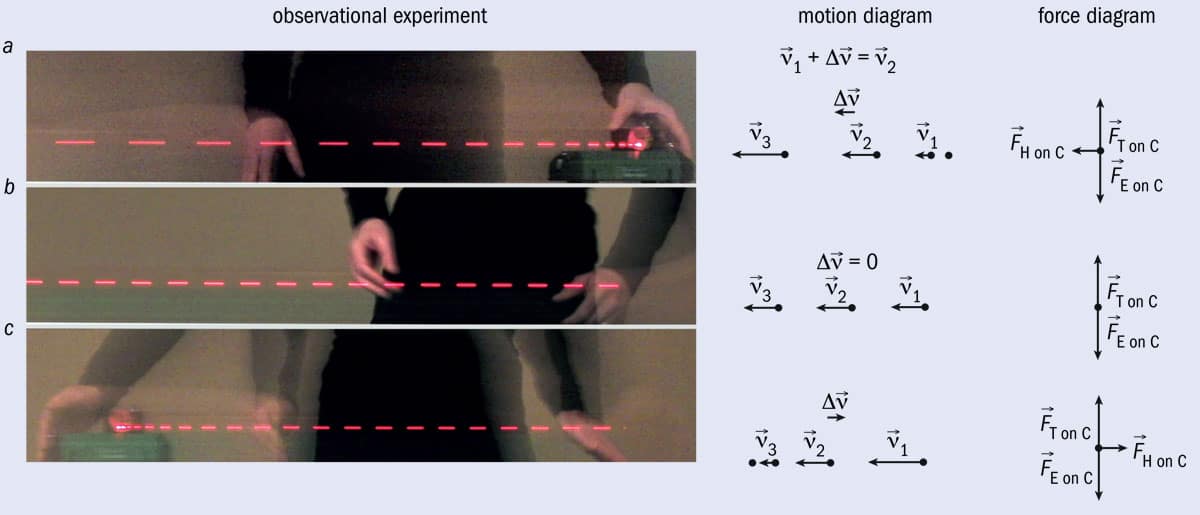
Photos taken with a blinking LED, motion diagrams and force diagrams for a cart that is (a) speeding up, (b) moving at constant velocity and (c) slowing down. On the motion diagrams the dots represent the positions of the cart at equal time intervals, the ν→ vectors represent the cart’s velocity and Δν→ vectors represent the change in the velocity. On the force diagrams each force exerted on the cart is labelled with two subscripts that indicate two interacting objects: F→E on C is the force exerted by Earth on the cart, F→T on C is the force exerted by the track on the cart and F→H on C is the force that the hand exerts on the cart.
Step 2. Help students construct images of the concept and connect new ideas to what they already know. After doing the experiments described above, students will have a physical feeling for the situation. The next task is to help them build on this. One way is to take a flashing LED light, attach it to the cart and take photos (see figure 1). Independently of the availability of such photos, though, you should ask the students to create graphical images that represent each experiment with a motion diagram and force diagram for the cart (remember, we assume that the students have already learned how to make such diagrams). They should create drawings similar to those in figure 1. The two-subscript notation for the forces addresses the difficulty of identifying forces exerted on an object.
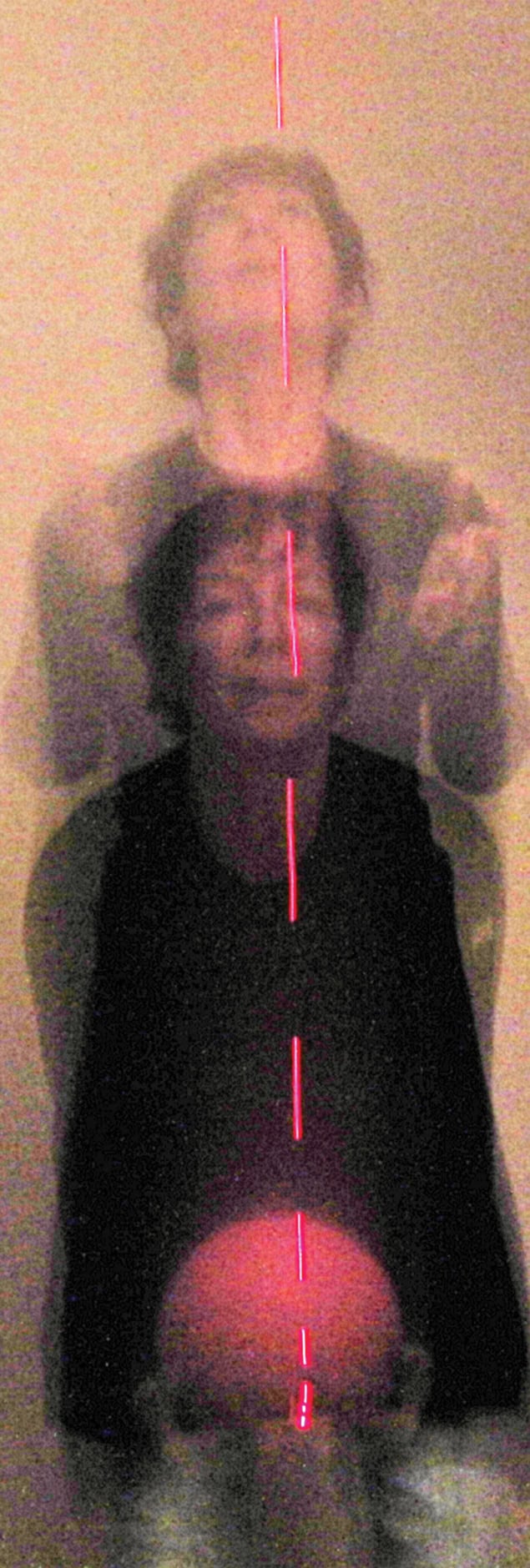
Step 3. Encourage students to identify patterns. Let students discuss the patterns that they see in the sets of diagrams. They will notice that on each diagram the sum of the forces vector is in the same direction as Δν→. You can help them formulate a provisional rule: when the sum of the forces exerted on an object is not zero, the object changes its velocity and the velocity change is in the same direction as the sum of the forces.
Step 4. Engage students in active testing of the rule. Invite students to propose new experiments for which the outcomes can be predicted using the new rule (after doing these activities a few times you will know what equipment your students will request). Here the perceptual aspect of learning can be emphasized again. In addition to trying the experiments that they propose, ask the students to use the new rule to predict what they will feel when catching a heavy medicine ball dropped from above as opposed to holding it. They need to use the motion diagrams and force diagrams to make the prediction and then physically experience how much harder they need to push on the ball to catch it compared to holding it still (the photo left allows students to infer that the person exerts the stopping force over the substantial difference). Thus the experiment also helps the students realize that it is impossible to stop a moving object instantly.
Step 5. Help students reconcile the new rule with their previous experiences. Does this rule make intuitive sense? Encourage students here to come up with examples of different moving objects (such as a ball thrown upwards, a parachutist doing a sky-dive or a sledge coming to a stop after the end of a slope) and analyse them by making motion and force diagrams and co-ordinating between them. Ask the students to come up with three examples when the rule is true in everyday life and three examples when it is not. This discussion will pave the path to the concept of non-inertial reference frames.
Habits for success
This example shows how to help students construct one of the most complex concepts of Newtonian dynamics using our knowledge of how people learn. Specifically, it focuses on a learning sequence in which students start with very simple concrete experiences and construct representations to analyse them. Afterwards, they progress to identifying patterns (and explaining them when possible), actively testing the patterns (or explanations) in new experiments and reconciling them with prior experiences.
This path is non-threatening and gives all students the opportunity to be successful at different points. The new knowledge they gain has not been handed down from an authority figure; instead, it is the result of the students’ own carefully constructed learning experiences, including their analysis of simple experiments. Repeating this path many times during the instruction will allow the students to form the scientific “habits of mind” they need to be successful in the future. We believe this is important because such habits do more than just help our students to succeed in a world that demands creative problem solving; they also make the world a better place, as more of its citizens become capable of making informed decisions.
